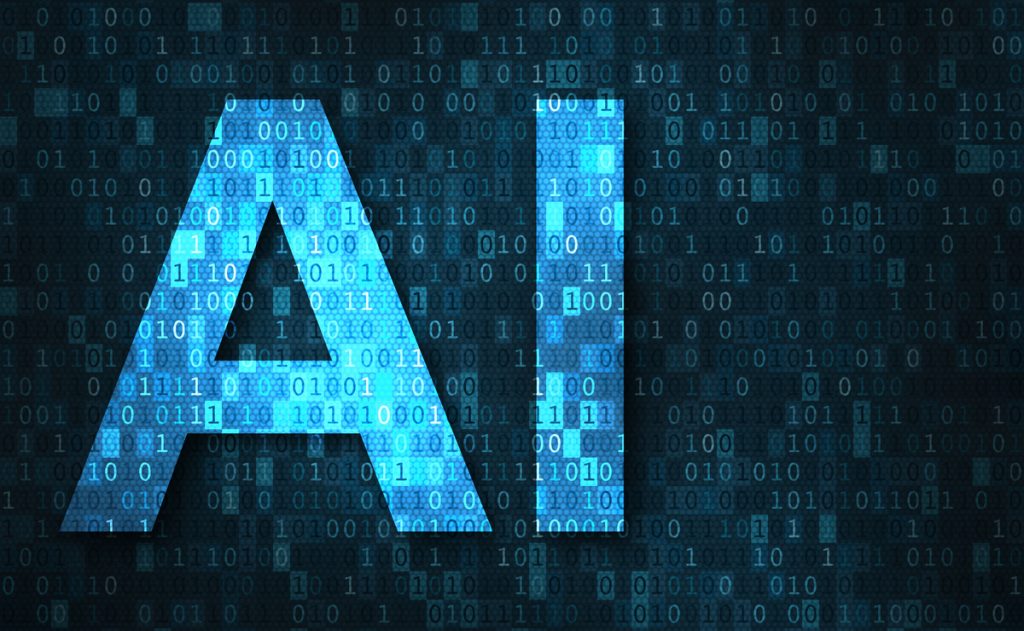Artificial Intelligence or AI has become one of the most used words by businesses to highlight the technology prowess of various products and solutions, for the time being. The world is peacefully moving toward automation– from autonomous robots to computer systems that can almost immediately sift through thousands of papers, thus saving time and money for companies in newer ways. The system can now be used for activities that are important but repetitive and time consuming, which would take people much longer and be more vulnerable to error.
AI focuses on creating intelligent systems that are capable of learning, reasoning, adapting, and performing tasks similar to humans. To obtain the best results, the information technology systems perform acts of capturing, storing, analyzing, and evaluating data. AI systems are more inclined toward developing knowledge and facts, thus making the AI system more intelligent than the information systems.
Artificial intelligence reshaping IT
Following measures show how AI is proving useful to reshape IT and ultimately help IT leaders build a stronger foundation:
1. “IT” – major AI consumer
Wayne Butterfield, Director of Cognitive Automation and Innovation at Intelligent Services Gateway (ISG), is of the view, “An IT Service Desk is as prone to repetition (and therefore automation) as a customer service operation.” The methods used to automate conventional break-fix processes and other IT service desk processes are not new, but these days they are gaining considerable traction.
2. Shadow IT could expand
Sometimes, as a result of AI, IT activities taking place outside the tech core are rapidly increasing. According to ISG’s Butterfield, the power of perceived shadow IT functions is expanding in the enterprises, may that be about data science and analytics tools or robotic process automation (RPA) that function across an enterprise till machine learning models. Of course, the culture depends on the concept of and the distinction between “self-service” and “shadow IT.”
3. Data science to deeply connect with IT
Some traditional business applications, such as CRM (customer relationship management), are utilizing more of AI and automation. To work with advanced forms of AI, a strong bond between IT and data science is becoming visible. Shawn Rogers, Vice President, Corporate Market at TIBCO, commented, “The early days of having a data scientist tucked away in the organization are over. Today, data science takes a village, and IT is part of that team.”
Every organization is preparing to scale AI and analytics’ usage, as they need more profound access to the data, system applications that IT wants. Client partner for technology services at Fractal Analytics, George Mathew, says, “Building AI-led solutions requires intense collaboration between the data scientists and engineers.” He continues telling, “While each of these is a deep area by itself, successful teams have enabled these two groups to work together, and in many cases overlap across areas, in order to production AI solutions.”
4. IT and data science to share tools and tactics
The relationship between IT and data science needs to follow some part of the technologies and techniques of each other, as George Mathew says, “at least for the sake of familiarity, if not for expertise.”
How AI impacts IT
IT and AI are growing at a speed of light. AI technologies are revolutionizing old ideas that will help to improvise the IT system to perform optimized operations. For IT functionalities to grow, AI acts as a stepping stone that IT industries need to transform their systems into intelligent ones. Automation and optimization are critical factors of AI in IT. Following listing reflects on applications of AI in information technology:
1. Data security
Securing any system is essential in information technology. The reason being, confidential information of private and public organizations as well as governments is stored in the systems, which needs to be secured. For an information network, designing and maintaining a stable infrastructure is a high priority. And the AI system can meet these challenges by developing an intelligent system that identifies threats and data breaches, as well as providing precautions and solutions to security-related issues at the earliest opportunity.
2. Building better information systems
The foundation for developing any program is to run a valid, bug-free code. AI systems are built to improve overall productivity. An AI framework uses a set of algorithms that can help programmers write better code or solve bugs in the code.
3. Process automation
An AI system that is integrated with deep learning networks aims to automate the process of the backend to reduce time and cost. An AI-programmed algorithm slowly learns from its errors when executing tasks and automatically optimizes the code to work better.
Wrapping up
The digital transformation and industry’s revolutionary adoption of technology has given rise to new technological advances to optimize and solve the industry’s core challenges. Among all the technology applications, AI is at the heart of every industry’s deployment, and information technology is at the forefront of the list. Integrating AI systems in IT helped reduce the burden on developers and improve efficiency, quality assurance, and productivity. And on a large scale, the development and deployment of IT systems that were impossible earlier today are made possible by the advanced algorithmic functions of AI. Find more such content and information in our latest whitepapers on AI.





























































